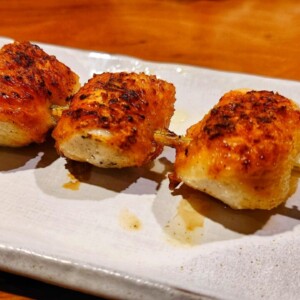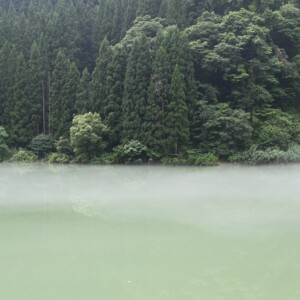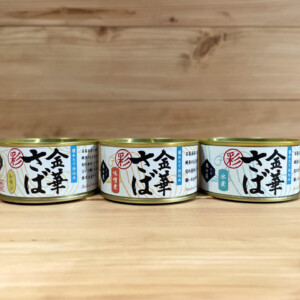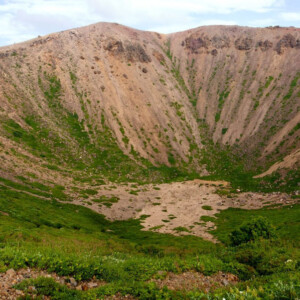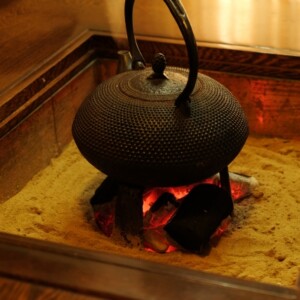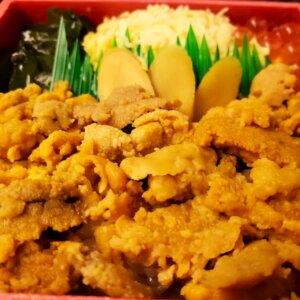
Nakanosawa Kokeshi – Traditional Kokeshi that has evolved after breaking from the reputation of being a "part of the Doyu" [Fukushima Prefecture]
table of contents
Kokeshi dolls are one of the traditional crafts representing the Tohoku region .
It is a craft that has spread over a fairly wide area, with at least one unique lineage existing in every prefecture in Tohoku.
This time, we will take a closer look at the ``Nakanosawa Kokeshi'',
What is Kokeshi?
Kokeshi dolls are made by craftsmen called kijishi who lived mainly in mountain villages and 's wheel to make bowls and trays for a living. It is a wooden toy that was made to be sold as a souvenir to tourists in hot spring resorts.
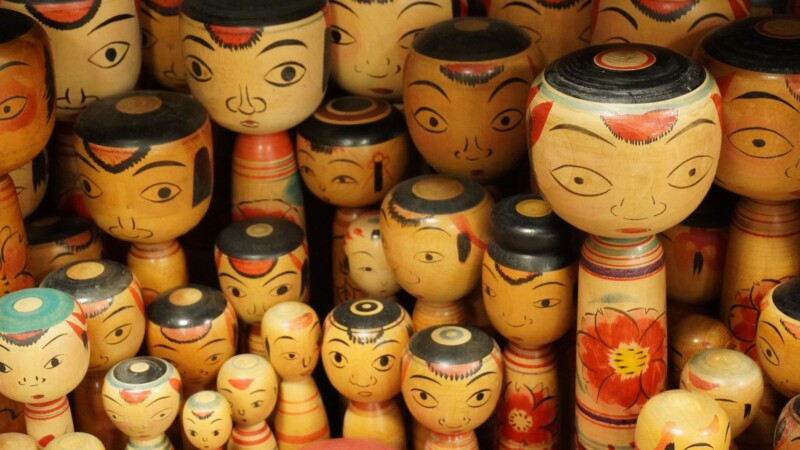
It is said to have originated around the end of the Edo period, and is generally divided into the following 12 strains based on production area and characteristics.
- Tsugaru type (around Hirosaki City and Kuroishi City, Aomori Prefecture)
- Southern type (around Hanamaki City, Iwate Prefecture)
- Kiji Mountain Range (around Yuzawa City, Akita Prefecture)
- Naruko type (around Naruko Onsen, Osaki City, Miyagi Prefecture)
- Sakunami system (around Sakunami Onsen, Sendai City, Miyagi Prefecture)
- Togatta system (around Togatta Onsen, Zao Town, Katta District, Miyagi Prefecture)
- Yajiro type (around Kamasaki Onsen, Shiroishi City, Miyagi Prefecture)
- Hijiori series (around Hijiori Onsen, Okura Village, Mogami District, Yamagata Prefecture)
- Yamagata series (around Yamagata City, Yamagata Prefecture)
- Zao Takayu system (around Zao Onsen, Yamagata City, Yamagata Prefecture)
- Tsuchiyu system (around Tsuchiyu Onsen, Fukushima City, Fukushima Prefecture)
- Nakanosawa series (around Nakanosawa Onsen, Inawashiro-cho, Yama-gun, Fukushima Prefecture)
Various names and their origins
Kokeshi dolls have many other names, including , Dekoroko , Kogesu , Kiboko , Kogehoko , Kinakinabokko , Odekosama
Where did the name "kokeshi" originally come from? There are various theories about this,
- Transformation of the pest control toy to prevent epidemics
- Changes in burnt (piece of wood) cheeks (doll)
- Koge (wood cutting) meaning of shi (child)
- The accent of a small doll called okeshi that was popular in the Edo period.
There are multiple theories such as. Each theory has a certain level of persuasive power, and the aliases mentioned above are thought to have evolved by adding local accents to the names based on their respective origins.
In this way, Kokeshi dolls were called by completely different names in various places, but in 1940 (Showa 15), Kokeshi craftsmen and enthusiasts attended the ``1st Local Gathering - Naruko Festival'' A number of people related to the festival got together and decided to unify the word ``kokeshi'' into three hiragana letters, and from then on it has been called ``kokeshi'' in all regions.
Nakanosawa-style kokeshi dolls developed at Nakanosawa Onsen
The Nakanosawa Kokeshi is one of the 12 types, and was developed around Nakanosawa Onsen in Inawashiro Town, Yama District, Fukushima Prefecture .
It is said that Zenkichi Iwamoto, a driftwood craftsman from Tochigi Prefecture, moved to Nakanosawa Onsen in 1922 and began making kokeshi dolls as hot spring souvenirs around 1926-1927.
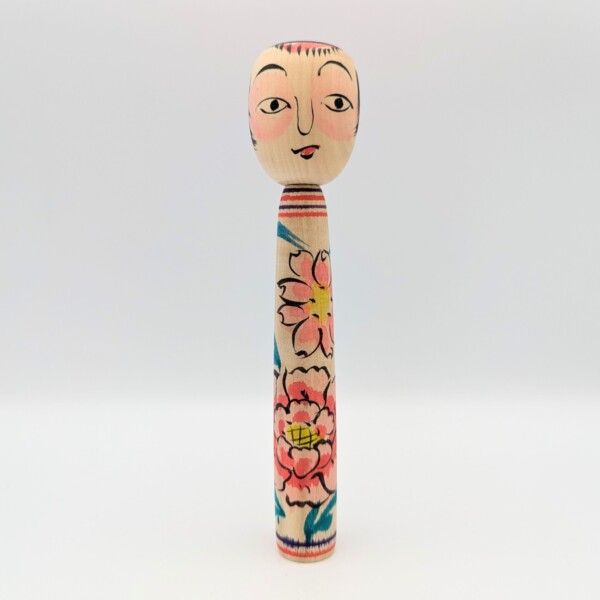
The characteristics of Nakanosawa kokeshi dolls are their unique facial expressions and red-dyed eyes .
He has a big personality created by Zenkichi Iwamoto, who originally dislikes imitating people and loves creating original things, and is affectionately nicknamed ``Takobozu''
The shape and structure of Kokeshi dolls are influenced by Miyagi Prefecture's ``Togatta-kei'' and Fukushima City's ``Tsuchiyu-kei'', and peonies and cherry blossoms are commonly painted on the bodies.
In recent years, it has been recognized as an ``independent system'' due to its reputation as ``part of the Tsuchiyu system.''
For many years, Nakanosawa Kokeshi dolls were classified as ``part of the Tsuchiyu family,'' but due to their uniqueness, locals have been hoping to classify them as an independent lineage.
In 2018, we received approval to call it ``Nakanosawa-kei'' rather than ``Tsuchiyu-kei,'' and in 2024, we won the name `` The 66th All-Japan Kokeshi Competition,'' one . It has been certified as an independent traditional Kokeshi doll as ``Nakanosawa Kokeshi''.
Nakanosawa Kokeshi <Information>
- Official URL: https://nakanosawa-kokeshi.jp/
Nakanosawa Onsen, the birthplace of Nakanosawa Kokeshi dolls
Nakanosawa Onsen is a mountain hot spring area located in Inawashiro-cho, Yama-gun, Fukushima Prefecture, surrounded by Mt. Adatara to the east, Mt. Bandai to the west, and Mt. Azuma to the north.
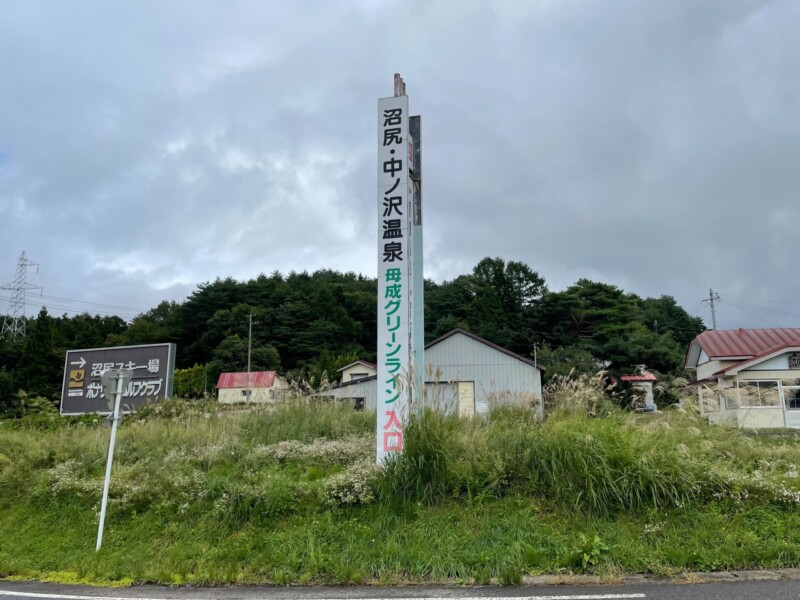
It is located at the confluence of National Route 115, which connects Inawashiro Town and Fukushima City, and Prefectural Route 24, which branches off from there and connects to Koriyama City. There is also the "Naritoge Old Battlefield"
Nakanosawa Onsen itself was born in the Meiji period, and the hot springs were drawn approximately 7 km in a straight line from the source near the crater of Mt. Adatara (Numano-daira) to Nakanosawa.
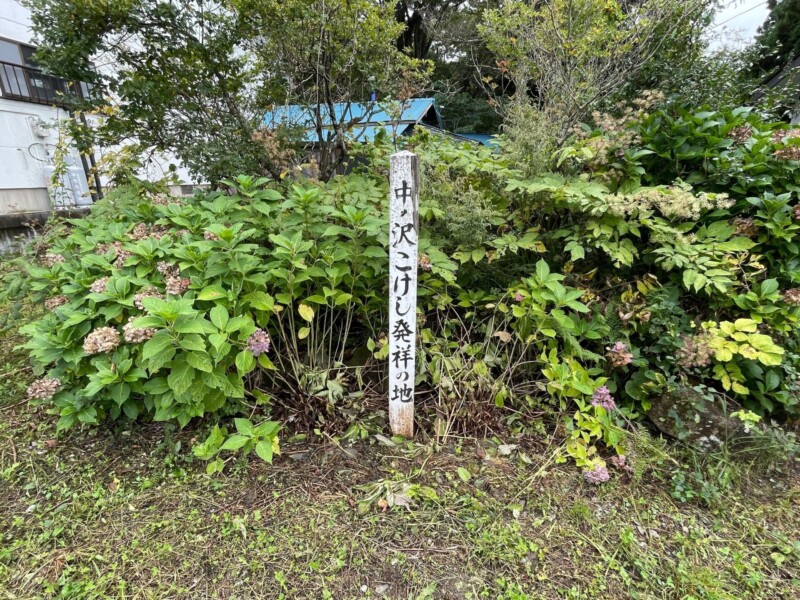
In 1913, the Numajiri light railway was built to transport sulfur produced from the nearby Numajiri mine, and tourists began to come to the hot springs by train, and at that time, not only restaurants but also geisha houses and movie theaters were located there. It is said that the eaves were lined up and it was a lively hot spring resort.
Volcanic hot water is highly acidic and hot, and has been popular as a medicinal spring since ancient times. There are still around eight hot spring inns in existence.
Nakanosawa Onsen<Information>
- Name: Nakanosawa Onsen
- Address: Shiriyamako, Seriyonumuma, Inawashiro-cho, Yama-gun, Fukushima Prefecture, 969-2752
- Phone number: -
- Official URL: Inawashiro Tourism Association – Nakanosawa Onsen





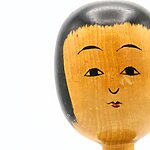


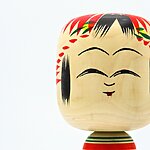
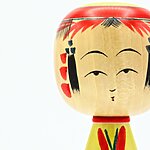
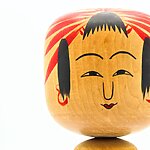

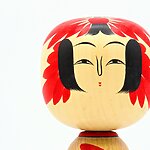

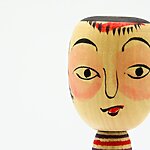
![Kijiyama Kokeshi - Akita Traditional Kokeshi with a distinctive expression that gives you a sense of sorrow [Akita Prefecture] Kijiyama Kokeshi's expression](https://jp.neft.asia/wp-content/uploads/2025/01/IMG_1792-150x150.jpg)
![Doyu Kokeshi - Traditional kokeshi originating from "Doyu Onsen", which is said to be the birthplace of the three major kokeshi at Tohoku [Fukushima Prefecture] The expression of the Doyu Kokeshi](https://jp.neft.asia/wp-content/uploads/2024/10/IMG_1799-150x150.jpg)
![Togata Kokeshi - Traditional Kokeshi developed at Togata Onsen in Miyagi Zao [Miyagi Prefecture] Togata Kokeshi's expression](https://jp.neft.asia/wp-content/uploads/2024/09/IMG_1784-150x150.jpg)
![Yajiro Kokeshi - Traditional Kokeshi developed around Kamasaki Onsen, the home of the Shiraishi Katakura family [Miyagi Prefecture] Yajiro Kokeshi's expression](https://jp.neft.asia/wp-content/uploads/2024/09/IMG_1801-150x150.jpg)
![Naruko Kokeshi - Traditional Kokeshi developed at Naruko Onsen, the three famous hot springs in Oshu in Miyagi [Miyagi Prefecture] Naruko Kokeshi's expression](https://jp.neft.asia/wp-content/uploads/2024/10/IMG_1783-150x150.jpg)
![Nanbu Kokeshi - A slightly unusual traditional kokeshi with a distinctive characteristic [Iwate Prefecture] The expression of the southern kokeshi](https://jp.neft.asia/wp-content/uploads/2024/11/IMG_1788-150x150.jpg)
![Zao Takayu Kokeshi - Traditional Kokeshi developed in Zao Onsen, following the trends of Doyu and Togarida [Yamagata Prefecture] Zao Takayu Kokeshi's expression](https://jp.neft.asia/wp-content/uploads/2024/11/IMG_1781-150x150.jpg)
![Hibiori Kokeshi - Traditional Kokeshi developed at Hibiori Onsen, following the Naruko and Togata styles [Yamagata Prefecture] The expression on the elbow robbing](https://jp.neft.asia/wp-content/uploads/2024/12/IMG_1804-150x150.jpg)


